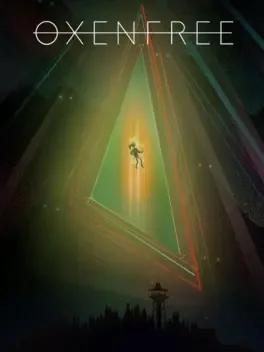Kallie Plagge
This author account hasn't been claimed yet. To claim this account, please contact the outlet owner to request access.
Writing For
Latest Reviews
It's hard to express just how much I adore Undertale without spoiling anything significant, but that's what I love about it. It tells its story in such a dynamic way, and with such a great understanding of the RPG player’s mindset, that it couldn’t have been told in any other way. It's a masterfully crafted experience that I won't forget any time soon.
Though it has a few unsettling, adrenaline-pumping moments, Here They Lie fails to deliver believable psychological horror. It definitely tries — it’s filled with the requisite creepy, gargling monster sounds and reality-bending that can contribute tension to scares — but it doesn’t blend its horror elements well enough to be consistently terrifying. Relying so heavily on overwrought surrealism and a few haunted house-style jumps to create tension rather than fostering any true discomfort (besides nausea) leaves it feeling flat.
Rise of Iron has just enough new content to keep me coming back for a while, but it feels like the bare minimum. When I wasn’t absentmindedly grinding against reskinned enemies until I couldn’t do it anymore, I was falling down the rabbit hole of side quests and trying out new weapons while patrolling the Plaguelands. The satisfying but still not groundbreaking raid is a decent reward at the end. I wish this expansion had focused more on fixing Destiny’s repetition problems, because it has a few good ideas — but with all its pitfalls, this is just Destiny going through the motions.
Oxenfree is elegantly simple, using branching dialogue and a little something supernatural to develop three-dimensional characters and drive the coming-of-age story. There’s not much else to it in terms of gameplay, which is absolutely a good thing, but pacing issues in its story can make it feel sluggish between conversations. Mostly, though, it’s like walking through a stunning painting, listening to the idle chatter and revealing talks of (sometimes unnatural-sounding) teenagers.
Of all the ways to experience One Piece — a daunting task, considering how much of it there is — Pirate Warriors 3 isn’t a bad choice. It does its source material justice, and the heavily condensed canon story is as fun to experience as ever. One Piece’s unique style of fighting also translates quite well to musou combat, but fitting in the story bogs down that combat somewhat. Instead of enjoying both fighting and dialogue, it became a weird kind of chore to play through battles just to progress the story.
Transitioning from The Sims 3 to The Sims 4 is a little rough. The Sims 4 seems barren of content and features by comparison, especially with regard to the severely limited scope of the world and frequent (but much shorter) loading screens and noticeable absence of toddlers, pools, and cars. It’s not so much that Maxis didn’t recreate all the same features, but rather that there aren’t enough cool new things to replace what’s missing. Yet The Sims 4 does succeed in being a deep and complex game when it comes to Sim interactions, with lots of entertaining emotional potential. The emotions system and its contextual actions are really strong and added to my investment in my Sims as well as my enjoyment from watching ridiculousness unfold. Plus, excellent building tools make architecture more fun than ever. Overall, it’s a good start to what may eventually be expanded into a great Sims game, but it’s not there yet. To see our archived review in progress, read here.





